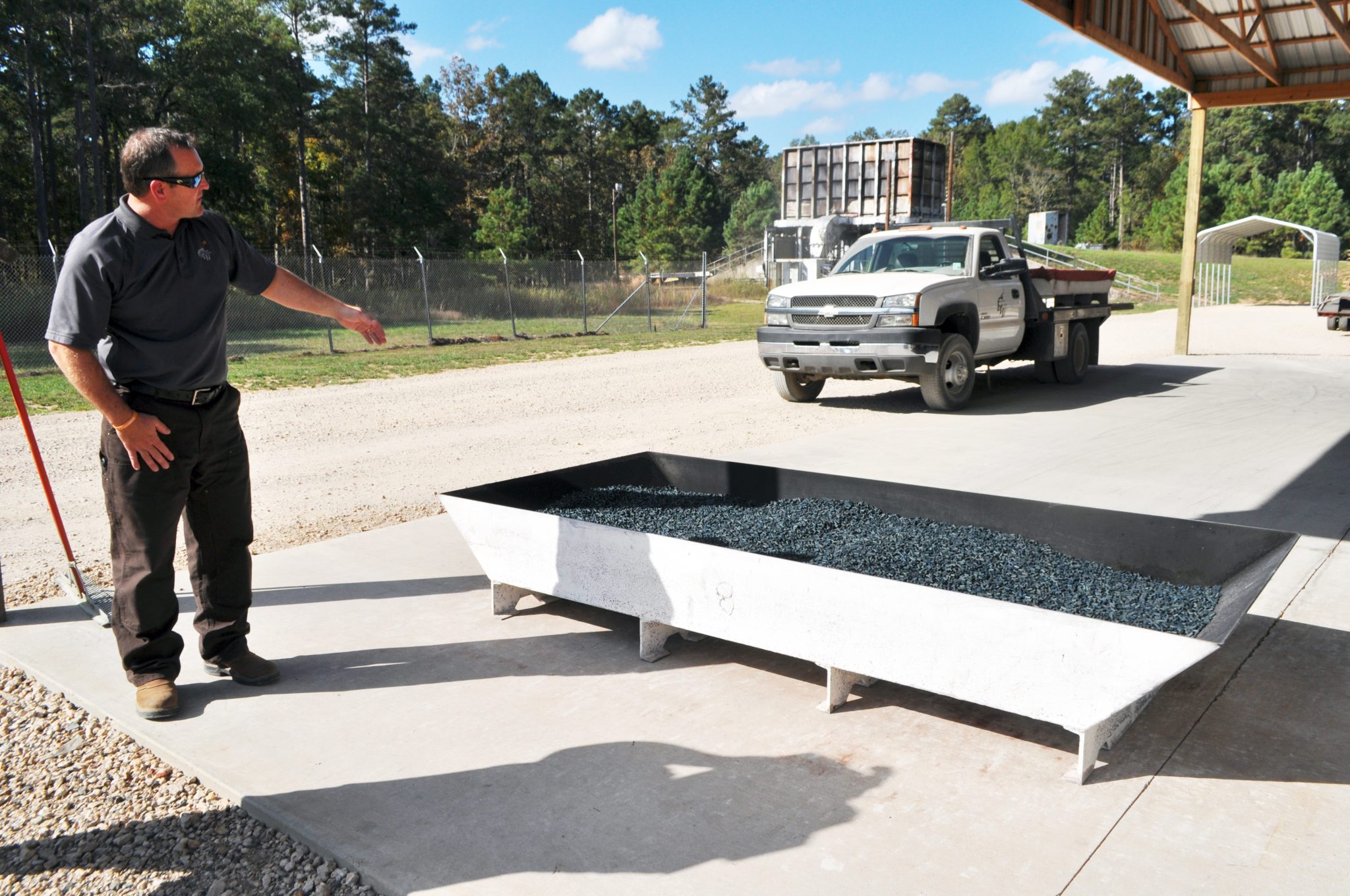Since the 1980s, Camp Minden has been considered a Superfund site, and since the discovery of the millions of pounds of M6 propellant, a second Superfund site has been designated at the military installation.
Carl Edlund, director of the Superfund Program for the Environmental Protection Agency, gave some insight to the Webster Parish Police Jury how that came to be. In the Environmental Cleanup Camp Minden Steering Committee meeting Tuesday, Edlund explained the Louisiana Army Ammunition Plant began in the early 1940s during World War II to produce munitions for the military.
“There was a lot of contamination left on the property and so it became a superfund site in about 1989,” he said. “There were a number of cleanup projects that were done on site initially. They had a facility that was manufacturing TNT-related products, and they had a pink water lagoon. The sludge left in that lagoon was picked up and incinerated. At that location, and about three or four other locations, some of these contaminants seeped into the shallow groundwater.”
Shallow groundwater is roughly 300 feet deep underground, but the contaminants, about 30 feet deep, did not make it deep enough to contaminate the drinking water, he said.
Because it was not feasible to extract it, he said they chose a remedy called natural attenuation, a remediation, under favorable conditions, that acts without human intervention to reduce contamination in soil and groundwater.
“That’s been going on for about 15 years, and about every two years, we come out and do sampling,” he said. “The Citizens Advisory Group had some concerns about that and thought some additional wells needed to be tested to make sure there wasn’t any migration across the facility’s boundaries.”
That testing has been done, and he said the results will be released in April. Previous results show the areas of contamination are shrinking and the natural attenuation is working, he said; it’s just taking a long time.
As for the M6, the second superfund, Edlund said the destruction of the propellant should be complete by mid-April. Part of the removal program is to insure there is no surface soil or groundwater contamination from the destruction process.
The shallow groundwater and surface soil was tested before the construction of the contained burn chamber, he said, and the testing set to be done upon completion is the follow up sampling.
Edlund said once the destruction of the M6 is complete and if the contained burn chamber site is returned to its natural state, the second superfund status will be closed out. The initial superfund status for the munitions lines at Camp Minden will remain until remediation is complete.
Juror Dustin Moseley, District 12, asked Edlund if the EPA’s involvement would be done once the M6 is gone. If ESI stays at Camp Minden, Edlund said the responsibility of monitoring would fall onto the shoulders of the Louisiana Department of Environmental Quality.
“They are authorized to issue permits under the Conservation Recovery Act, Subpart X,” he said. “That’s the hazardous waste permit. They’d also have the authority to issue air pollution permits, and it would have to be a proven technology before it could start operation.”
To date, 88.2 percent, or 14,112,899 pounds of the M6 has been destroyed.

